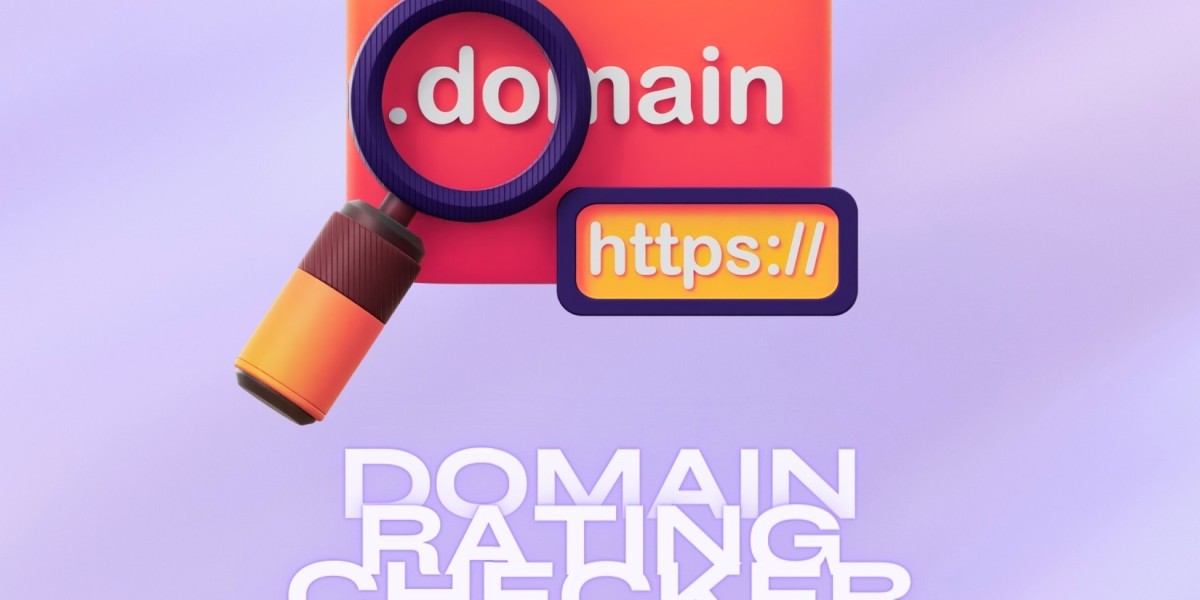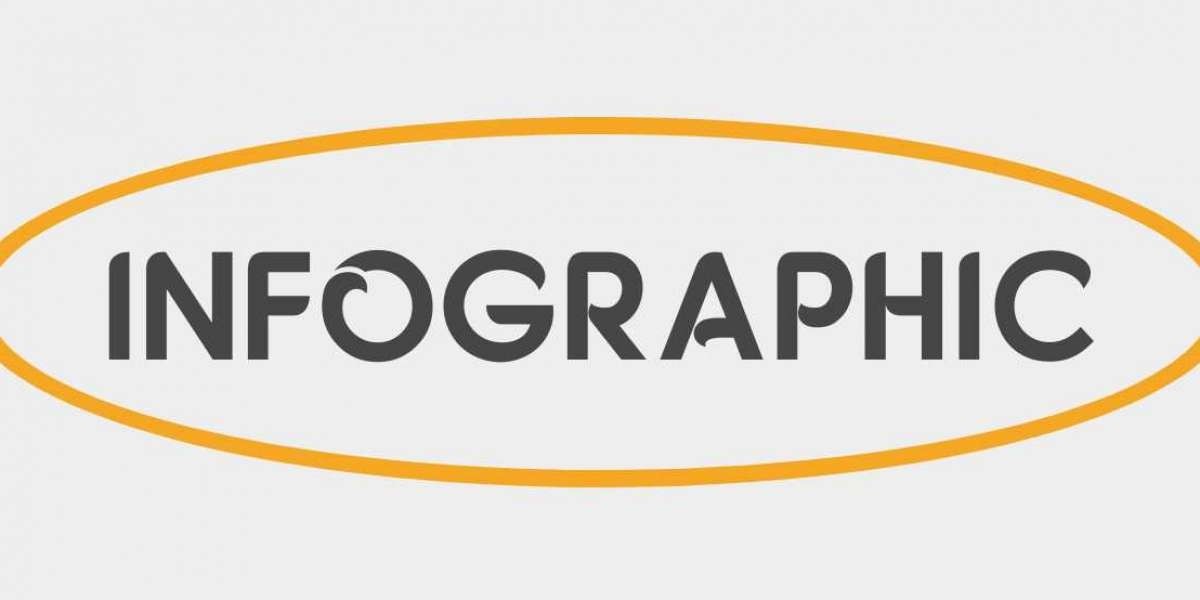EDI: What is it?
EDI solutions enhance the speed and accuracy of business documents shared between manufacturers, eliminating paper papers and ensuring data protection. They minimise human data entry errors and manual data exchange costs, while also providing protection against fraud and documentation mistakes.
How does EDI work?
The process of sending data through EDI, such as an invoice or purchase order, is automated and well-defined. This is how it operates:
1. Document production and translation: A business must convert new documents like purchase orders and invoices into standard EDI documents using an EDI solution or translation software.
2. EDI transmission: Two main methods for sending EDI documents after translation are through Value-added Networks (VANs) , a third party EDI solution providers and direct connections, which are one-to-one data exchanges between two parties.
3. Document reception and translation: EDI documents are translated back into a format for processing by the recipient system upon receipt, reversing the original transmission process, such as in inventory management systems.
4. Integration and processing: The document is integrated and processed by the recipient's system, like a supplier receiving a shipment order, which is then incorporated into their inventory system for response.
EDI for Small Businesses
Small businesses can integrate Electronic Data Interchange (EDI) into their inventory systems, reducing labour expenses, speeding up workflow, and increasing efficiency. However, EDI solutions can be expensive, and outsourcing can help lower costs. For businesses handling a few EDI transactions, a full package of EDI-managed services may not be necessary.
EDI Implementation
The way a firm decides to integrate an EDI solution throughout its processes is nearly as crucial as the kind of system it picks. The two most common choices are cloud-based EDI that is outsourced and in-house.
In-House EDI: Traditional EDI software costs manufacturers significant upfront, but may decrease after final details are established. Manufacturers and 3PLs without internal solutions may have an advantage.
Cloud Based EDI: Cloud-based EDI offers a cost-effective solution for small businesses, handling network, hardware, software, and upgrades, reducing infrastructure and labor costs, and supporting expansion and scale.
EDI types for Small Businesses
These seven EDI types are listed along with what makes each one distinct:
Direct use of connectors
Provider of EDI networks
Hybrid EDI infrastructure
Fully managed EDI services
Indirect EDI
Web EDI
Mobile EDI
How to choose the right EDI solution
When choosing an electronic data interchange providers, consider factors such as cost, scalability, and user-friendliness. Assess existing systems and business needs before selecting an EDI solution. Choose EDI standards and protocols that benefit your business and partners. Choose the best EDI software companies based on experience, knowledge, compatibility with current systems, and support for necessary EDI standards. Evaluate the level of maintenance, customer service, and other services offered by the software companies.
Conclusion
Manufacturers need speed, accuracy, and efficiency as they ship larger quantities, expand their retail network, and build suppliers. EDI in small businesses can enhance communication and processes, meeting consumer expectations effectively and economically.
For more details: https://www.a3logics.com/blog/a-small-business-guide-to-buying-an-edi-software/








